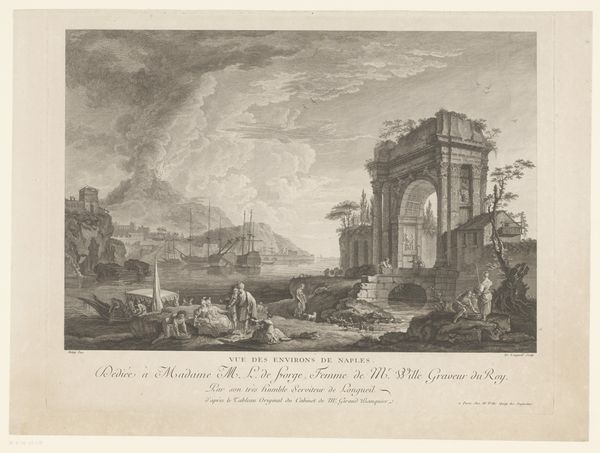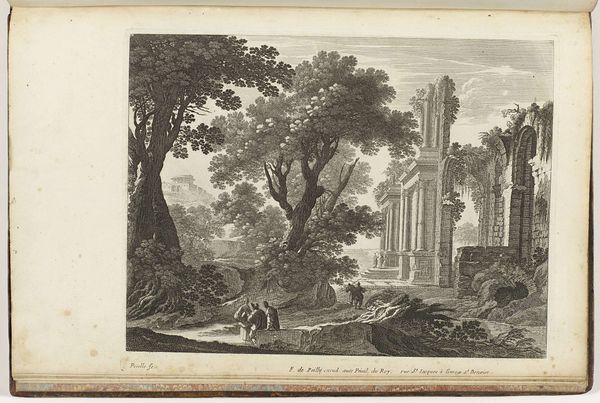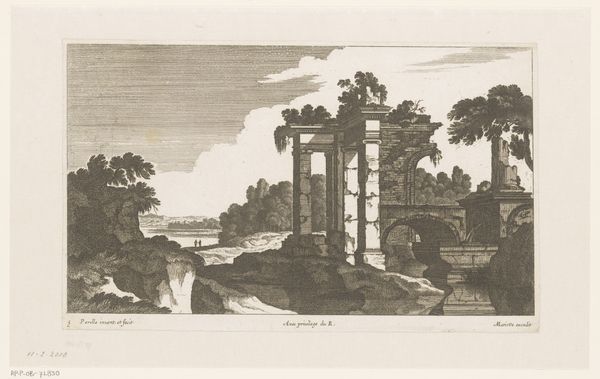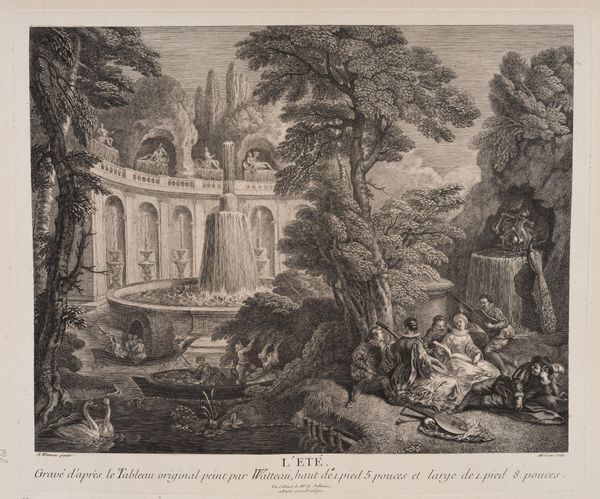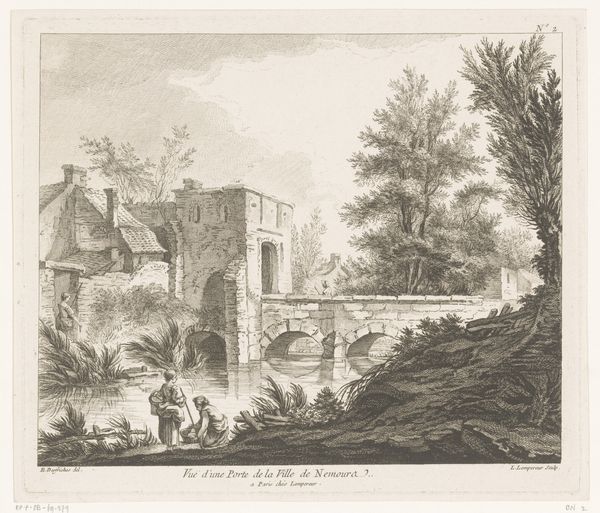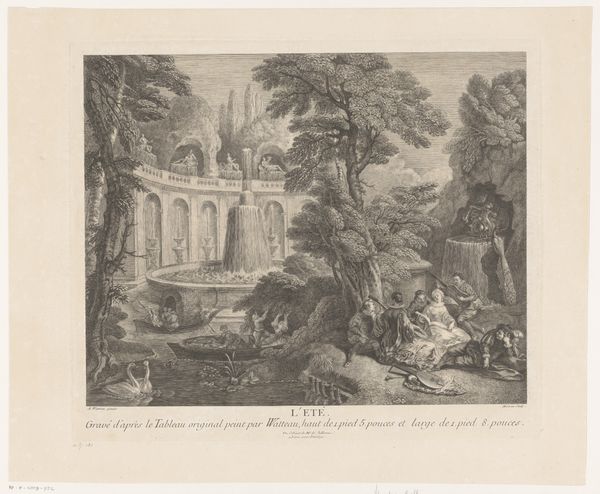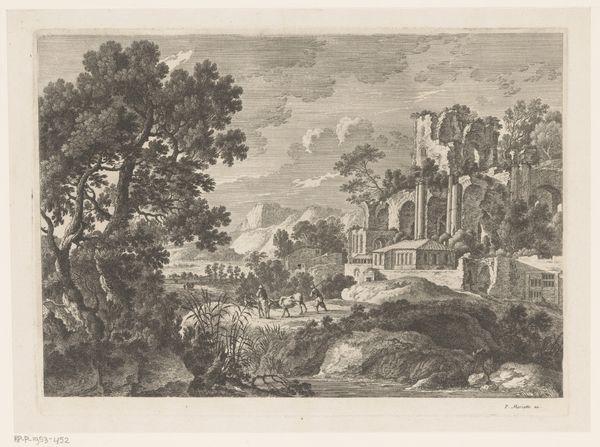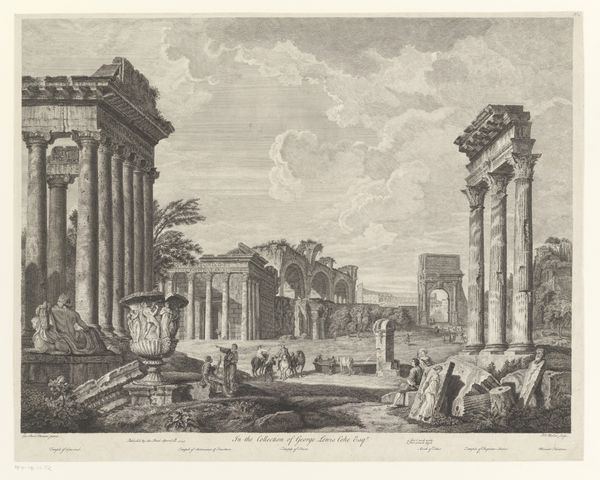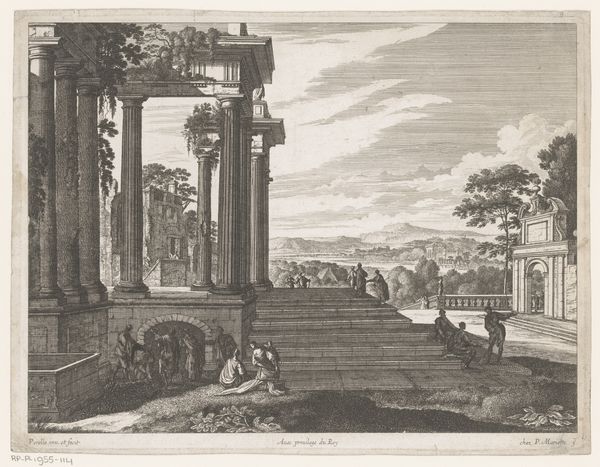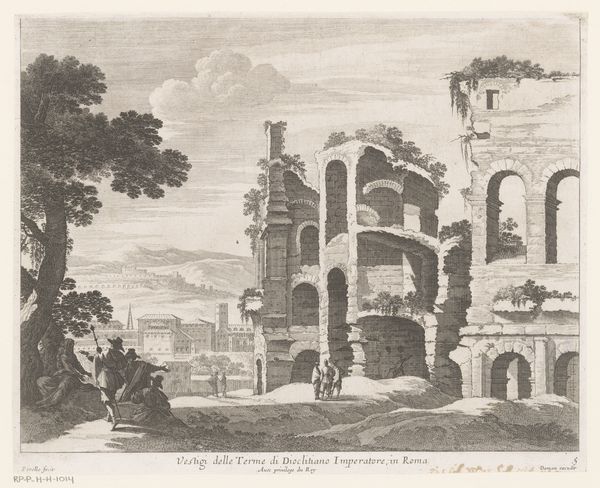![Voyage Pittoresque ou Description des Royaumes de Naples et de Sicile (Picturesque
Journey or Description of the Kingdoms of Naples and Sicily) [vol. 3] by Jean Claude Richard, Abbé de Saint-Non](/_next/image?url=https%3A%2F%2Fd2w8kbdekdi1gv.cloudfront.net%2FeyJidWNrZXQiOiAiYXJ0ZXJhLWltYWdlcy1idWNrZXQiLCAia2V5IjogImFydHdvcmtzLzc5Y2ZhNzVkLWE1YjQtNDc5OC1iZDE4LTVlMmMxODM1ZTAyYi83OWNmYTc1ZC1hNWI0LTQ3OTgtYmQxOC01ZTJjMTgzNWUwMmJfZnVsbC5qcGciLCAiZWRpdHMiOiB7InJlc2l6ZSI6IHsid2lkdGgiOiAxOTIwLCAiaGVpZ2h0IjogMTkyMCwgImZpdCI6ICJpbnNpZGUifX19&w=3840&q=75)
Voyage Pittoresque ou Description des Royaumes de Naples et de Sicile (Picturesque Journey or Description of the Kingdoms of Naples and Sicily) [vol. 3] 1783
0:00
0:00
Copyright: National Gallery of Art: CC0 1.0
This print was made in the late 18th century by Jean Claude Richard, Abbé de Saint-Non. It’s an etching, meaning the artist would have used acid to bite lines into a metal plate, which was then inked and printed. The image is of classical ruins, but the etching process itself is key. Prints like these were central to the industrialization of art. They allowed images to be reproduced cheaply and distributed widely. Before photography, this was how people learned about architecture and landscapes far away. Note the workers in the foreground, doing laundry and other chores amongst these grand ruins. The print is not just a picturesque view, but a commentary on labor and class. The etching process itself mirrors this contrast: a relatively quick and efficient means of reproducing an image of something ancient, made through enormous effort. So, next time you look at a print, remember the labor and social context embedded in its very making, alongside its subject. It challenges the idea of art as something separate from everyday life and labor.
Comments
No comments
Be the first to comment and join the conversation on the ultimate creative platform.
